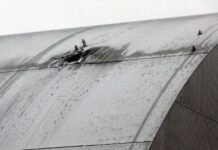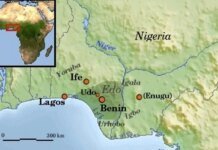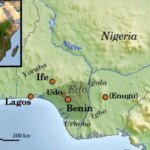Russian troops attacked Odesa region for the first time with modernized KABs with jet engines. Military expert Vladyslav Selezniov stated that Kyiv is not currently under threat, but the situation could change.

Today, the enemy attacked Odesa region with KABs for the first time, which previously mostly affected frontline territories. After this attack, Ukrainians began to wonder which other regions of Ukraine could be attacked by updated Russian bombs with jet engines. UNN turned to military expert Vladyslav Selezniov to find out the radius of destruction of the new weapons and whether the capital is at risk.
Will new Russian KABs reach the capital?
When asked whether the updated KABs with jet engines would reach the capital, Selezniov said that at this particular moment, there was no such threat. However, this weapon is constantly being modernized.
Yes, for now it does not reach the capital, because it is about insufficiently powerful jet engines produced by the industry of the People's Republic of China.
– the expert noted.
Selezniov explained that in the case of Odesa region, the enemy most likely attacked from the temporarily occupied territory of Crimea, "over the Black Sea, absolutely with impunity for Russian aviation aircraft, because our air defense systems cannot reach there."
As for Kyiv region, as the expert emphasizes, from the northern regions to the capital in a straight line – 200 km. And the Russians "will not dare to attack directly from the state border line, or even more so crossing the state border line between Russia and Ukraine or Belarus and Ukraine to carry out such steps."
However, according to him, the enemy is deliberately betting on increasing missile components and allocating large sums of money in the Russian budget to implement these plans. Selezniov emphasized that a KAB attack on the capital is not an unattainable prospect, because "one should not underestimate the capabilities of the Chinese." In addition, he emphasized the need for retaliatory attacks from our side.
To attack, including by destroying the carriers themselves, i.e., aircraft at their deployment sites. And for that, we also need the same Tomahawks, the transfer of which the American government is still delaying. This is a bad situation, actually. Not our capital, but all frontline and border territories are at risk, that's for sure. Including Chernihiv, Sumy, Kharkiv, Dnipro, Polissia.
– Selezniov emphasized.
Cost of jet KABs
Selezniov noted that the price of this type of weapon is quite low, which allows the enemy to significantly save money and expensive missiles. As the expert explains, a Kinzhal-type missile costs about 4.5 million dollars, a Kalibr-type missile – 2-2.5 million dollars. But high-explosive aerial bombs, a rather large number of which the Russians inherited from the Soviet Union, cost several tens of thousands of dollars.
"Plus an engine, which costs even the maximum configuration 15 thousand dollars. That is, a total of up to 100 thousand dollars. The enemy has a powerful weapon, because if we are talking about the fact that the basis of this complex is a high-explosive aerial bomb weighing 500 kg… imagine what destruction it leaves in the city. Therefore, I think that's what they do: inflict as much damage as possible on us, while spending as little financial resources as possible," he added.
At the same time, as the expert emphasizes, jet engines are freely available, and given a large request or order, their cost is likely even lower than the one mentioned above.
Such a unified munition, which combines a high-explosive aerial bomb equipped with a UPM, i.e., wings, and equipped with a jet engine, which can provide a range of up to 200 km. As we can see, several hits on the port in Pivdennyi create a serious problem for us.
– the military emphasized.
Previously, its range reached 60-70 km, i.e., without jet engines.
Recall
Earlier, UNN wrote that according to Oleh Kiper, head of the Odesa Regional Military Administration, the invaders for the first time directed guided aerial bombs at the region's civilian infrastructure. Kiper emphasized a new serious threat to Odesa region, noting the danger of significant destruction.

































